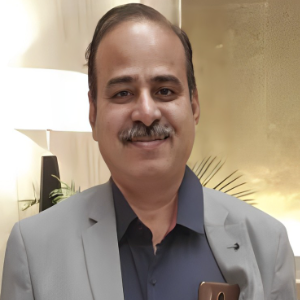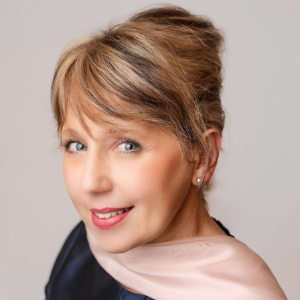Dermabrasion is a dermatological technique used to improve the appearance of superficial scars, wrinkles, and sun damage. The procedure involves the use of a sterile wire brush or diamond wand to vigorously abrade the top layers of the epidermis, or outer layer of skin. The new layer of skin that is revealed is smoother and more uniform in texture than the damaged skin that it replaced. Dermabrasion has been used successfully to treat mild to moderate acne scars, wrinkles, age spots, large pores, stretch marks, shallow scars, and rhinophyma (abnormally enlarged nose). This technique is usually only applied to relatively small areas of the skin and should not be done on large body surfaces. Prior to the procedure, it is important to make sure that the patient is not taking any medications that may interfere with the healing process. It is also important to state if the patient has any allergies, skin infections, or any other skin disorders that may need to be treated prior to the dermabrasion procedure. During the procedure, the skin will be wiped with an antiseptic solution. Once the skin is completely clean, the dermabrasion instrument will be applied to the affected area. The speed of the rotary instrument will be adjusted for each individual case, depending on the extent of the scarring or wrinkles. The procedure is usually very well tolerated and only requires local anesthetic. After the procedure, the skin is likely to be red and swollen for up to a week. The patient may also experience a mild sunburn-like sensation. It is important to follow your doctor's instructions regarding wound care and cleansing to reduce any risk of infection. The patient is also likely to experience some irritation and peeling of the skin in the treated area, which should subside after a few days. After healing is complete, the patient should experience improved skin texture and appearance.

Ravi M Rathod
KMCRI, India
Dechelette Corinne
La Peau Autrement, France
Irina Sergeeva
Novosibirsk State University, Russian Federation
George Sulamanidze
Plastic Surgeon at Clinic of Plastic and Aesthetic Surgery and Cosmetology TOTALCharm, Georgia
Nino Tsamalaidze
Ltd Karabadini+, Georgia
Lina Petrossian
California University of Science and Medicine, United States
Surajbala Khuraijam
Manipur Health Services, India
Shrutimita Pokhariyal
Symbio, India
Yasser Mohammed Hassanain Elsayed
Egyptian Ministry of Health, Egypt



Title : Paraneoplastic Autoimmune Multiorgan Syndrome or PAMS: Paraneoplastic pemphigus revisited
Sergei A Grando, University of California Irvine, United States
Title : Modern non-invasive methods for in vivo assessment of skin
Georgios N Stamatas, SGS, France
Title : Personalized and precision dermatology through the view of biodesign-inspired translational & data-driven applications: Revolutionary skin treatments for every concern in clinical dermatology integrating skin care experts and consumers
Sergey Suchkov, N.D. Zelinskii Institute for Organic Chemistry of the Russian Academy of Sciences, Russian Federation
Title : The next generation of threads: Lifting, volumization, and biostimulation in one powerful triple action
George Sulamanidze, Plastic Surgeon at Clinic of Plastic and Aesthetic Surgery and Cosmetology TOTALCharm, Georgia
Title : Lymphoproliferative diseases in the practice of a dermatologist
Irina Sergeeva, Novosibirsk State University, Russian Federation
Title : Art, skin, and dermatology: Interdisciplinary perspectives
Dechelette Corinne, La Peau Autrement, France
Title : Comparative efficacy of omalizumab and dupilumab in children with Chronic Spontaneous Urticaria (CSU): A retrospective cohort analysis
Molynna Nguyen, University of Toledo, United States
Title : "Mirror mirror on the skin” — A low-cost community strategy to reduce melanoma disparities in Washington, D.C.
Kayla Sampson, Georgetown University School of Medicine, United States
Title : Vitiligo: Not just an aesthetic disorder
Mateja Starbek Zorko, University Medical centre Ljubljana, Slovenia
Title : Personalized and Precision Medicine as a unique avenue to have the healthcare model renewed to secure the national biosafety: Advanced skincare solutions in individualized cosmetology, reconstructive plastic surgery and the modern beauty
Sergey Suchkov, N.D. Zelinskii Institute for Organic Chemistry of the Russian Academy of Sciences, Russian Federation